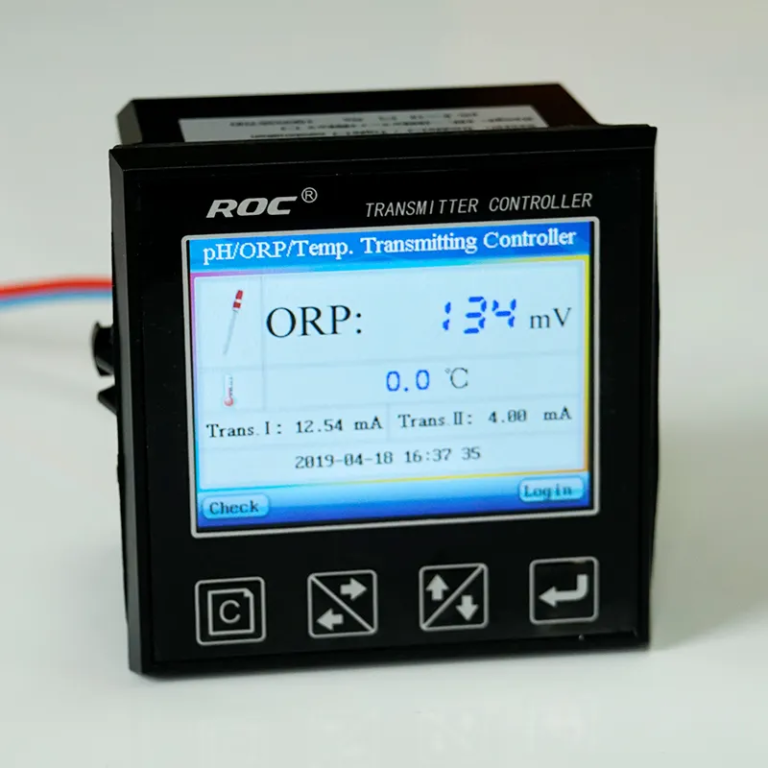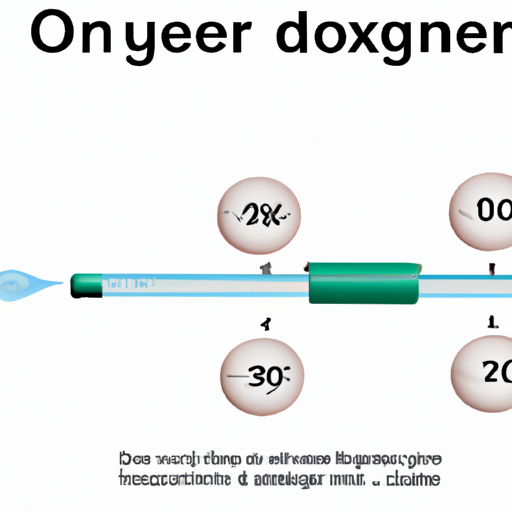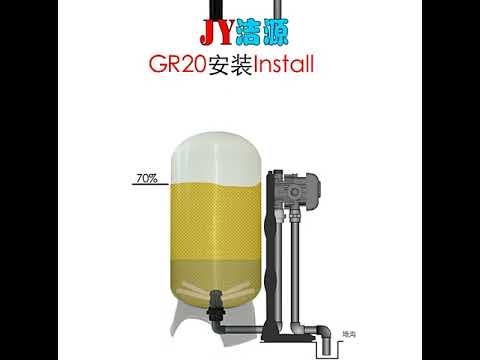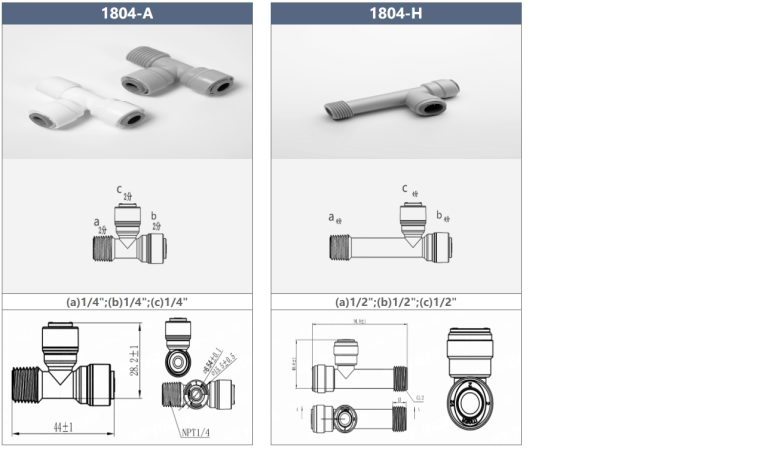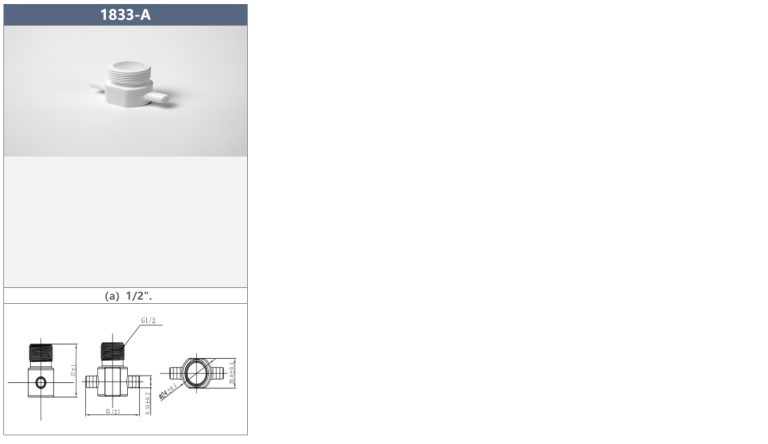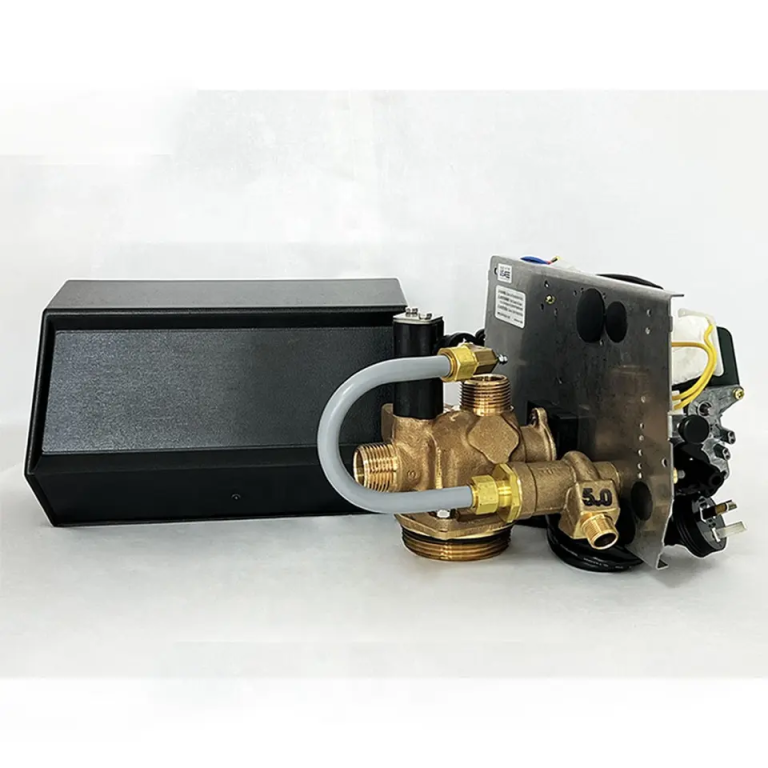“Precision in every drop: Calibrate your flow meter for accurate measurements.”
Importance of Calibrating Flow Meters
Flow meters are essential instruments used in various industries to measure the flow rate of liquids or gases. Accurate flow measurements are crucial for ensuring the efficiency and reliability of processes, as well as for complying with regulatory requirements. To maintain the accuracy of flow meters, regular calibration is necessary. In this article, we will discuss the importance of calibrating flow meters and provide a step-by-step guide on how to calibrate them effectively.
Calibrating flow meters is essential to ensure that they provide accurate and reliable measurements. Over time, flow meters can drift out of calibration due to factors such as wear and tear, environmental conditions, or changes in the fluid being measured. If flow meters are not calibrated regularly, inaccurate measurements can lead to costly errors, inefficiencies, and potential safety hazards.
Calibrating flow meters involves comparing the readings of the flow meter against a known standard to determine its accuracy. This process helps to identify any deviations or errors in the measurements and allows for adjustments to be made to ensure accurate readings. By calibrating flow meters regularly, you can maintain their accuracy and reliability, as well as ensure compliance with industry standards and regulations.
To calibrate a flow meter effectively, you will need to follow a systematic approach. The first step is to gather the necessary equipment, including a calibration standard, a calibration pump or flow source, and any tools required for adjustments. It is important to ensure that the calibration standard is traceable to a national or international standard to guarantee accuracy.
Next, you will need to set up the flow meter and the calibration standard in a controlled environment. Ensure that the flow meter is properly installed and connected to the calibration pump or flow source. Follow the manufacturer’s instructions for setting up the flow meter and the calibration procedure.
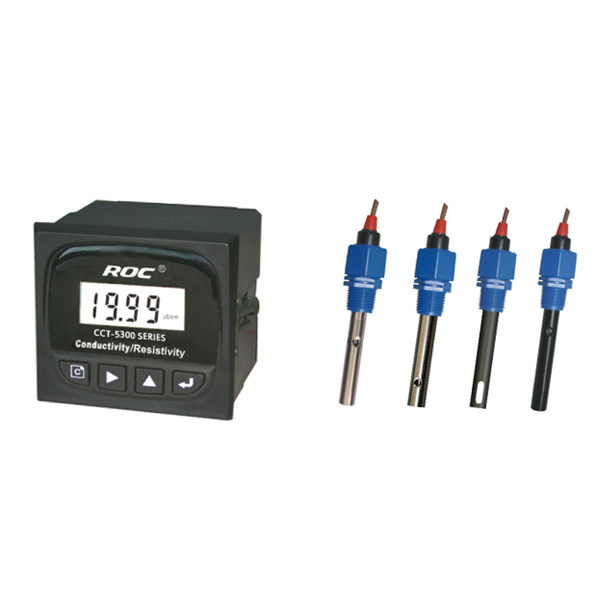
Once the setup is complete, you can begin the calibration process by adjusting the flow rate of the calibration standard to match the desired flow rate of the flow meter. Record the readings of both the flow meter and the calibration standard at regular intervals to compare the measurements. Make any necessary adjustments to the flow meter to align its readings with the calibration standard.
After completing the calibration process, it is important to document the results and any adjustments made to the flow meter. Keep a record of the calibration date, the calibration standard used, the flow rates tested, and any deviations or errors observed during the calibration. This documentation is essential for maintaining a calibration history and demonstrating compliance with regulatory requirements.
In conclusion, calibrating flow meters is crucial for ensuring accurate and reliable measurements in various industries. By following a systematic approach and using traceable calibration standards, you can maintain the accuracy of flow meters and prevent costly errors and inefficiencies. Regular calibration of flow meters is essential for maintaining process efficiency, reliability, and compliance with industry standards. Remember to document the calibration process and results to keep track of the flow meter’s performance over time.

